At the Designing Peace exhibition we can see an immersive blend of creativity, social commentary and interactive design. These installations speak volumes about the interconnectedness of communities, the consequences of division, and the effectiveness of design as mediators and messengers of peace.
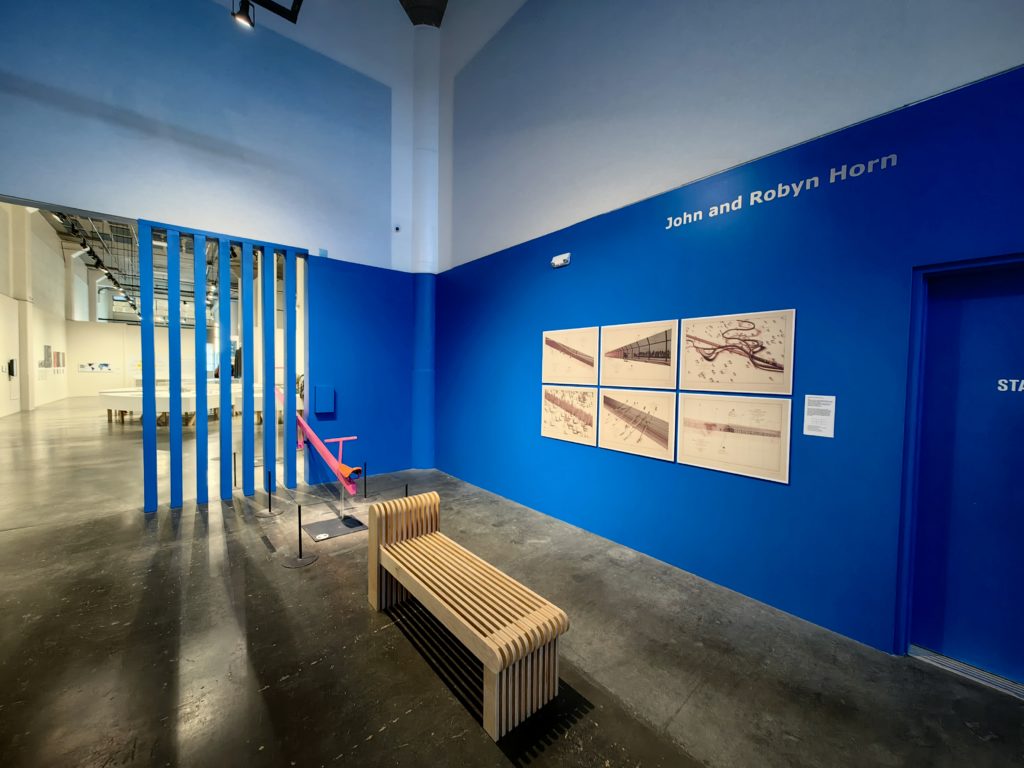
“Seesaw Wall” is my favorite piece of art in the exhibition. It is not just an interactive installation, it is more like a bridge built on hope, a combination of art and pragmatism. With this work, designers Ronald Rael and Virginia San Fratello demonstrate how art touches on political and social issues and how it can connect people through creative expression.
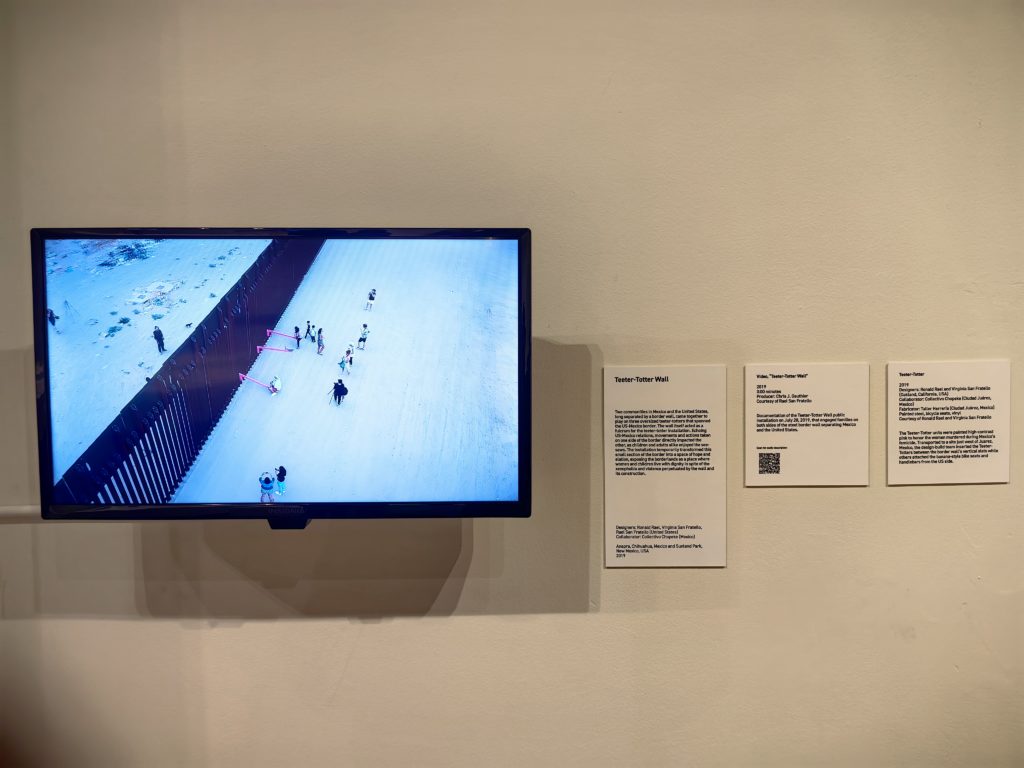
The huge global impact of this work comes from the strong message it conveys – no matter how artificial borders are drawn, we share humanity and dreams under the same sky. It challenges traditional perceptions of borders, turning a wall meant for separation into a platform for communication and understanding. The children’s laughter and carefree play instantly offset the barriers and opposition represented by the wall, reminding us that even in environments of disagreement and isolation, the possibility of cooperation and harmony can be found.
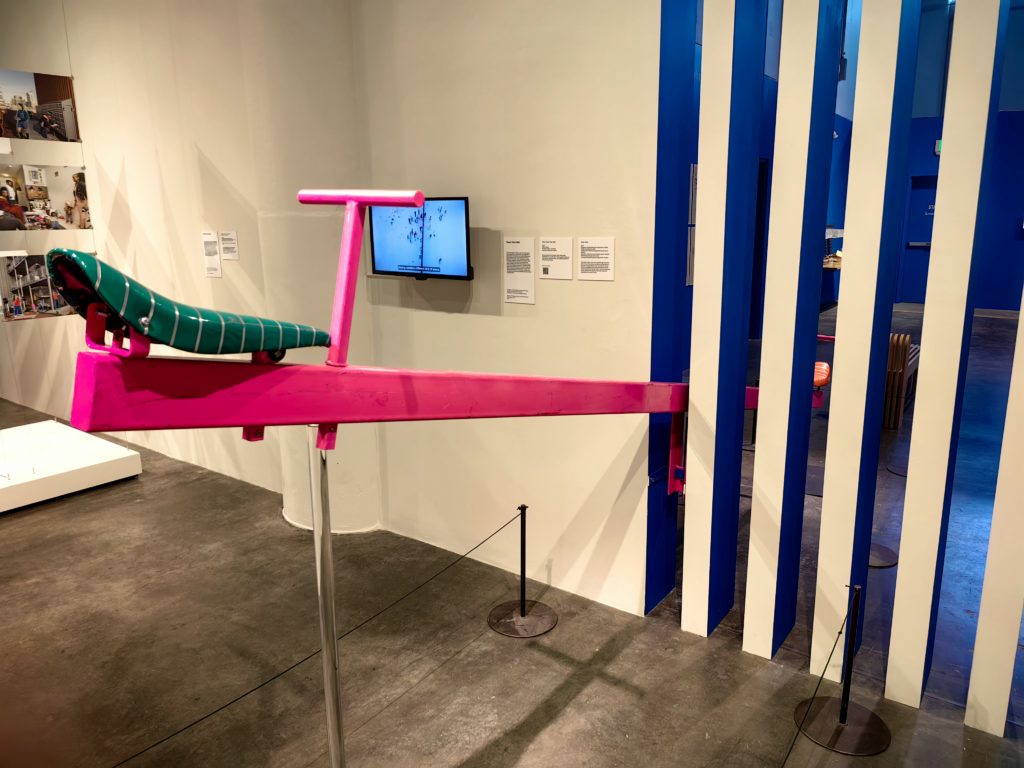
Seesaw Wall demonstrates the power of creativity when designing a peaceful future. It reminds us that peace is not just a lofty ideal, but can also be concrete, perceptible, and even interactive. Such design ideas encourage us to integrate the concept of peace into our daily lives and build peace through our actions and interactions.
In the future of interaction design, the “seesaw wall” reveals a new path. It shows us that design can be a social intervention tool, not just used to solve problems, but also used to inspire thinking, stimulate dialogue and promote resonance. With the development of technology and the increase of social awareness, we can expect that future interaction design will pay more attention to social responsibility and pay more attention to the intention and impact behind the design.
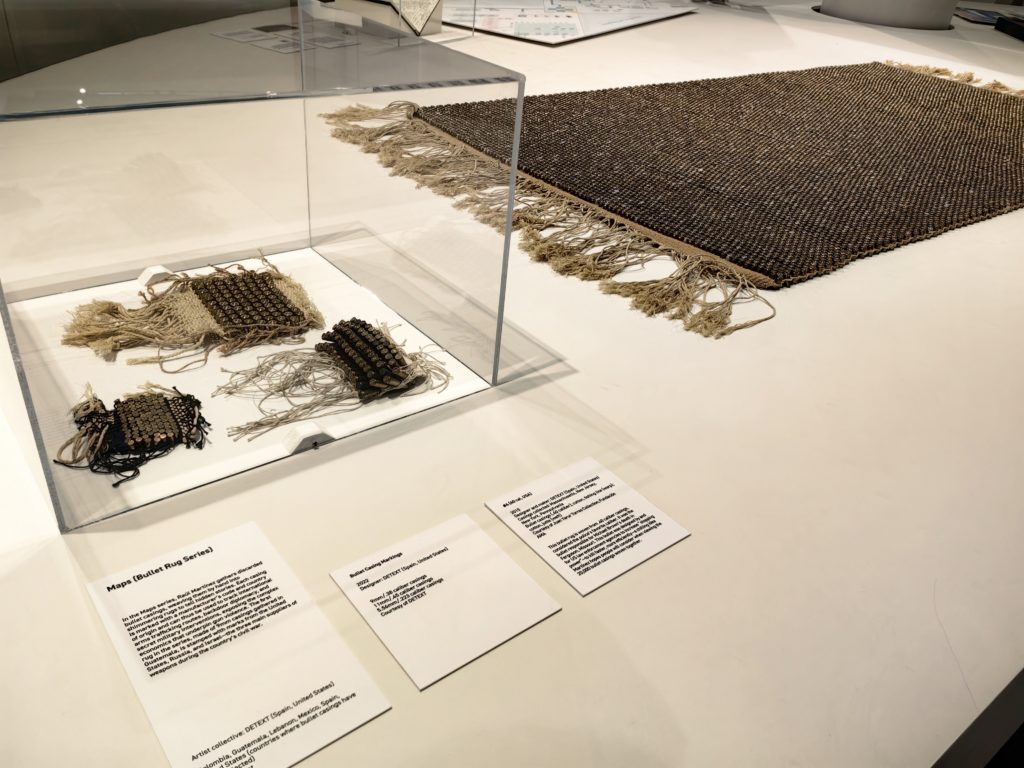
The second artwork is a “map” from this “Bullet Carpet” series, which uses spent bullet casings woven into mats to serve as a powerful reminder of the violence that plagues many parts of the world. Transforming these tools of harm into objects for everyday use is a sobering statement about the potential of repurposing the remnants of conflict into the basis for a peaceful future.
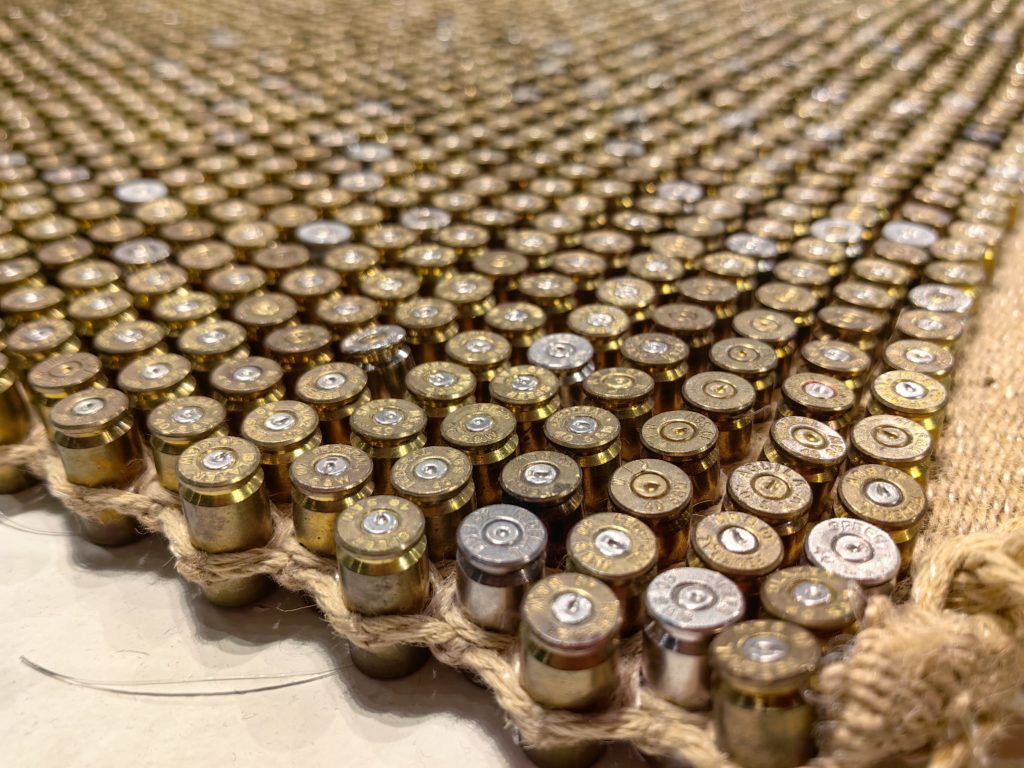
Here, visitors can delve deeper into the story and the designers’ intentions, leading to a broader discussion about the role of design in the global pursuit of peace.